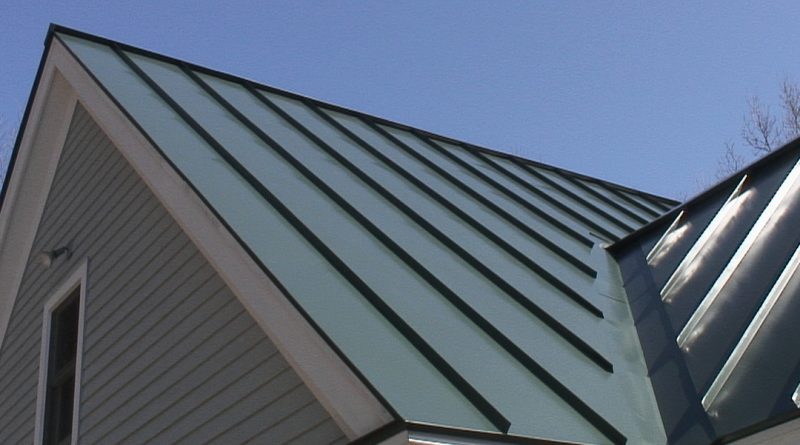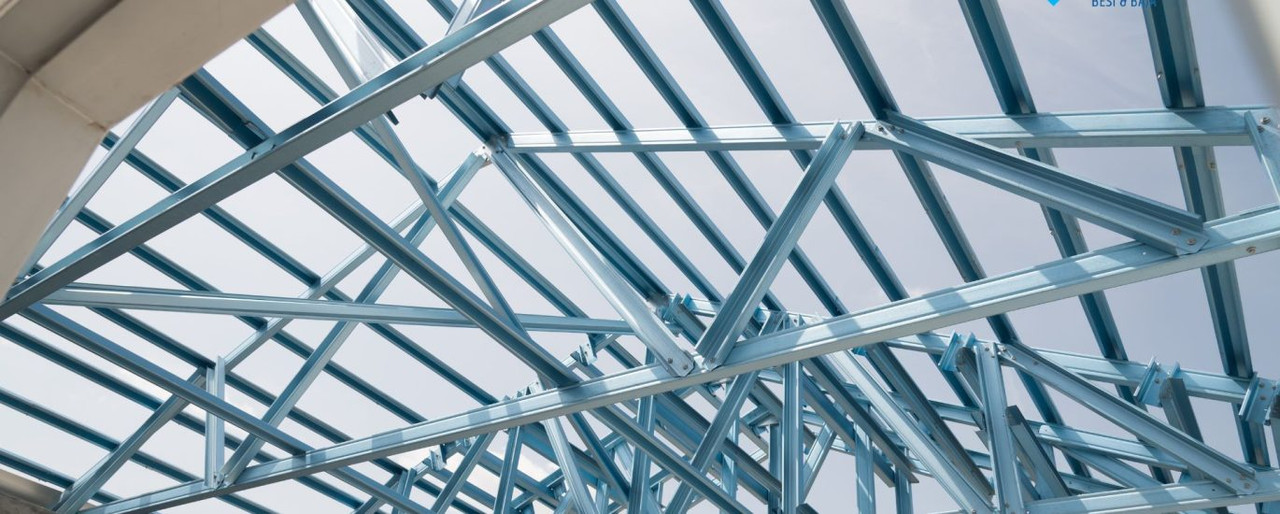Beranda > Artikel
Unique Facts about Typical Minangkabau Gadang Hous

Who doesn't know the typical Minangkabau rumah gadang or godang house in West Sumatra? Known for its unique roof shape, the Rumah Gadang is an icon that is often found in government offices in West Sumatra, typical Minang restaurants or as a logo for Minang community associations themselves. Here are some interesting facts about Rumah Gadang that not many people know!
The Origin of the Roof or Gonjong Shape
The most prominent architectural style of the gadang house is the shape of the roof. Unlike before and now, gadang houses which used to have palm fiber roofs are now mostly made of zinc. There are several versions of the story regarding the shape of the roof of the gadang house which is curved with sharp edges. Some say this shape was inspired by buffalo horns. This is in line with the Tambo story which tells of the victory of the Minangkabau people during a buffalo fight with the Javanese king in the past. So, to immortalize this victory, the Minang people made the roofs of their houses resemble buffalo horns.
Apart from being shaped like a buffalo horn, the Rumah Gadang is also said to resemble an arrangement of betel and cerana. This opinion is strengthened because betel is also a symbol of kinship and brotherhood for the Minang people. Another story says that the shape of the gadang house is similar to a ship or what they often call a "lancang". It is said that the sassy came via the Kampar river from the east. When it is docked on land, the owner installs a roof made of sails so that the ship does not rot easily. The ends of the sail are tied to the ship's masts, and the middle part is curved to resemble a gonjong because the weight of the sail is quite heavy. Well, this sassy form ultimately became the inspiration for the Minang people in making Rumah Gadang.
The number of Gonjong depends on the number of Lanjar
In general, Rumah Gadang has two floors and has two gonjongs. This Rumah Gadang is usually called lipek pandan. Meanwhile, the Rumah Gadang with three levels or what is called a regular balah bubuang, has four gonjongs. However, there is also a four-storied Rumah Gadang called Gajah Maharam or Gajah Sunset.
Room Condition
The rooms of the gadang house which are rectangular in shape are generally divided into lanjar (sections from front to back) and loose spaces which are divided according to the boundaries of the pillars. The poles are arranged in rows from front to back and from left to right. The number depends on the size of the house, but the normal number is an odd number between three and eleven.
At the front there is the Rangkian, which is a square-shaped building with a gabled roof that is used to store rice. On the left and right there is an anjung or anjuang as a place for wedding or religious ceremonies. Meanwhile, the kitchen is built separately at the back of the house attached to the wall.
Carved Decoration
The front wall surface of the house is usually made of planks arranged vertically and full of carvings, while the back surface is covered with split bamboo. The placement of the carved motifs depends on the arrangement and location of the boards on the walls of the Rumah Gadang. These motifs include leaf, flower, fruit and vine motifs.
House on stilts
If you pay attention, in general Rumah Gadang is in the form of a house on stilts with a height of approximately 2m from the ground level. At the front there are also stairs. This is said to be intended to avoid attacks by wild animals in ancient times.
Has Four Main Pillars or Tuo Milestones
Rumah Gadang has four main pillars or tuo pillars from long juha trees and has a diameter of 40 cm to 60 cm. Apparently, before being used, the juha tree must be soaked in a pond for years so that it becomes very strong, termite-proof and can last for hundreds of years. Erecting a tuo pillar is also seen as establishing greatness, you know.
Anti-earthquake
Judging from its natural environment which is prone to earthquakes, Rumah Gadang was built with an earthquake-free architectural design, that is, it is supported by long poles that rise upwards and are not easily damaged by shaking. All the poles of the gadang house are not embedded in the ground, but only rest on wide and strong flat stones. Do not use nails, all large pole and rafter connections use pegs which are also made of wood. During an earthquake, the gadang house will move or shift flexibly so that it is more resistant to earthquakes.
 Bahasa Indonesia
Bahasa Indonesia  Inggris
Inggris
 Bahasa Indonesia
Bahasa Indonesia  Inggris
Inggris
 Who doesn't know the typical Minangkabau rumah gadang or godang house in West Sumatra? Known for its unique roof shape, the Rumah Gadang is an icon that is often found in government offices in West Sumatra, typical Minang restaurants or as a logo for Minang community associations themselves. Here are some interesting facts about Rumah Gadang that not many people know!
Who doesn't know the typical Minangkabau rumah gadang or godang house in West Sumatra? Known for its unique roof shape, the Rumah Gadang is an icon that is often found in government offices in West Sumatra, typical Minang restaurants or as a logo for Minang community associations themselves. Here are some interesting facts about Rumah Gadang that not many people know!




